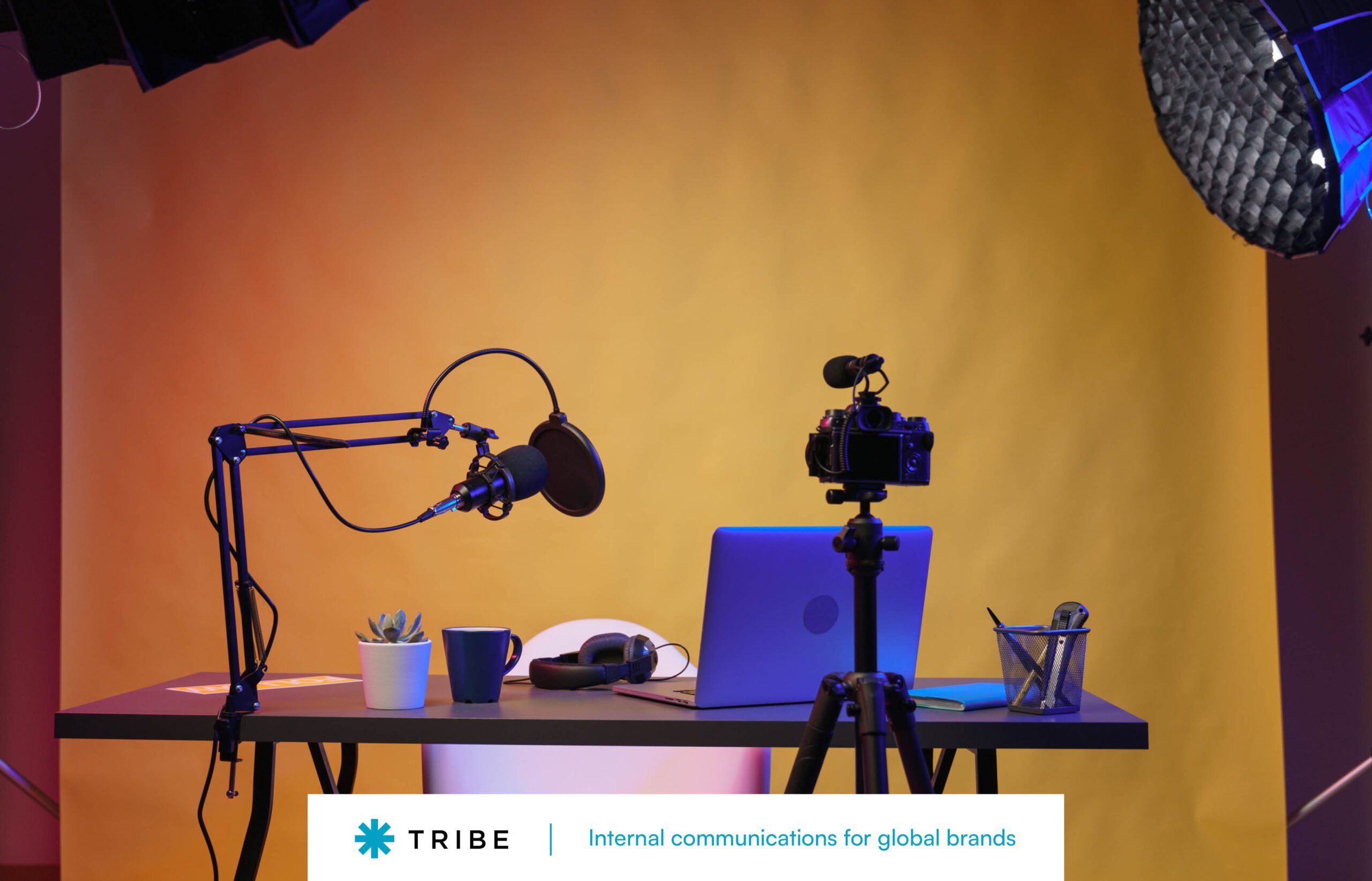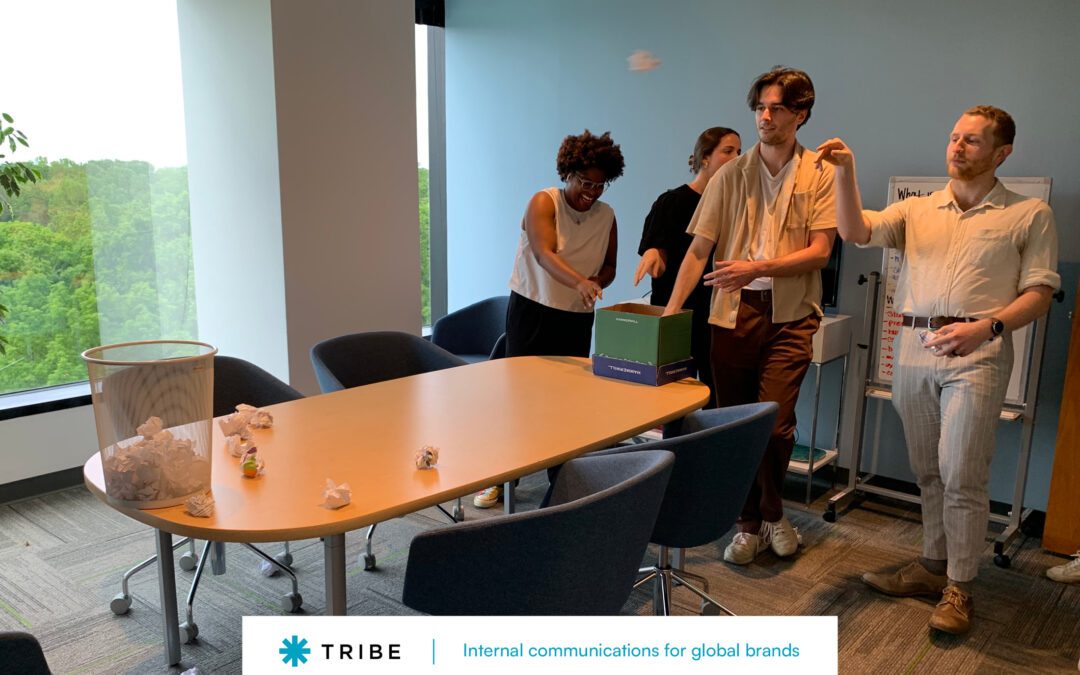Just like any other audience, employees will engage and interact differently with various types of media. Knowing when to use a video or a podcast can increase employee viewership and engagement – strengthening your internal communication channels.
For more on the theoretical side of communication channels check out this video summarizing The Medium is the Message by Marshall McLuhan. For the purposes of internal communication, follow these guidelines when deciding what medium to use.
KEEP THE COPY OUT OF VIDEOS
The most important thing to remember about videos is that they are the most sensory taxing medium. Unlike articles, which may allow viewers to use their ears for other things, videos require both your ears and eyes.
To be an effective internal communications channel, videos need to be quick, concise, and informative to remain engaging – otherwise you may end up losing a viewer before they get past the first ten seconds. Keep a video short by eliminating unnecessary copy and maintaining both audio and visual stimulation throughout the entire runtime.
Consider incorporating visual aids like graphics, animations, or small amounts of on-screen text to reinforce key points and make the content easier to digest. Striking a balance is important, because overwhelming the audience with too much visual information can be counterproductive.
PODCASTS ARE MEANT TO BE RAW
Podcasts are distinct for their long format. They can often be enjoyed in the car or while working on something unrelated. A podcast’s main advantage is its lack of audience sensory engagement. Audiences don’t have to devote their entire attention to every word, so there can be less trimming on interviews and scripts to support a more complex topic.
Podcasts shouldn’t be long for the sake of it, but if a topic needs time to be fleshed out a podcast may be the right choice. The length of a podcast should always serve the content, and episodes should be well-structured and engaging – perhaps including both interviews and more scripted segments.
Interviews on podcasts can be more authentic and raw, because there’s room for unscripted moments and genuine conversations. This natural flow can lead to deeper insights and connections between guests and listeners.
Ultimately, the decision to use podcasts as an internal communications channel should be based on the subject matter and its suitability for the long format. When a topic requires ample time for thorough exploration of a topic, a podcast works great. Read more about when to use podcasts here.
ARTICLES ARE FOR WORDS AND PICTURES
Perhaps the most common internal communication channel is the written article. The guidelines for articles are a little less cut and dried. Articles can vary in length and format depending on the complexity of the subject at hand. However, it’s important to engage audiences in articles regardless.
It can be tempting to just put the words on the page and call it a day, but it’s unlikely someone will take a glance at a wall of text and decide to spend their time reading it. Break up the copy with subheads, callouts and sidebars. Incorporate pictures and graphics to help visually bridge the gap between topics. This recent Tribe blog went into more detail about designing your articles for engagement. Read more about article design here.
Interested in finding the most effective internal communications channels for your employee audiences? Tribe can help










